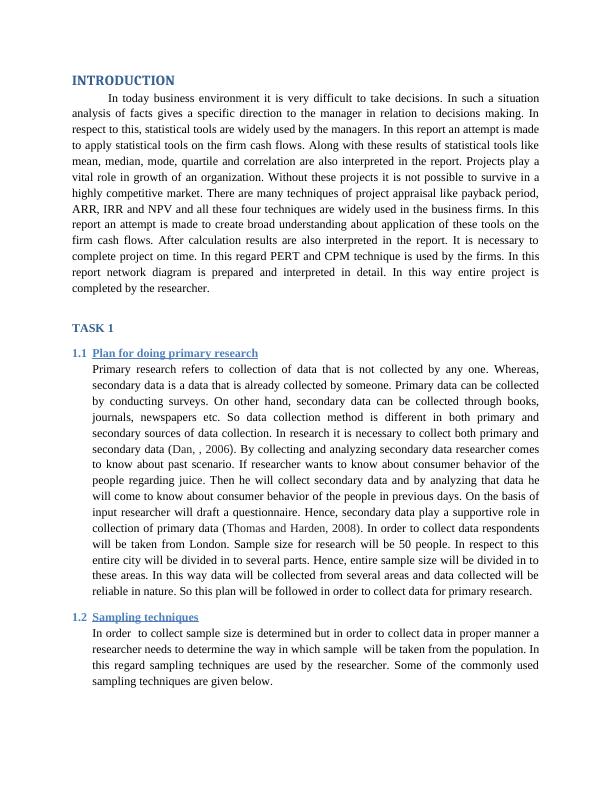Business Decision Making: Statistical Tools and Techniques
The assignment requires the submission of an individual written report and brief presentation on Business Decision Making. The assignment is part of the Pearson BTEC Level 5 HND in Business program at ICON COLLEGE OF TECHNOLOGY AND MANAGEMENT. The due date for submission is between 28 December 2015 and 9 January 2016.
Added on 2023-04-23
About This Document
Business Decision Making: Statistical Tools and Techniques
The assignment requires the submission of an individual written report and brief presentation on Business Decision Making. The assignment is part of the Pearson BTEC Level 5 HND in Business program at ICON COLLEGE OF TECHNOLOGY AND MANAGEMENT. The due date for submission is between 28 December 2015 and 9 January 2016.
Added on 2023-04-23
End of preview
Want to access all the pages? Upload your documents or become a member.




